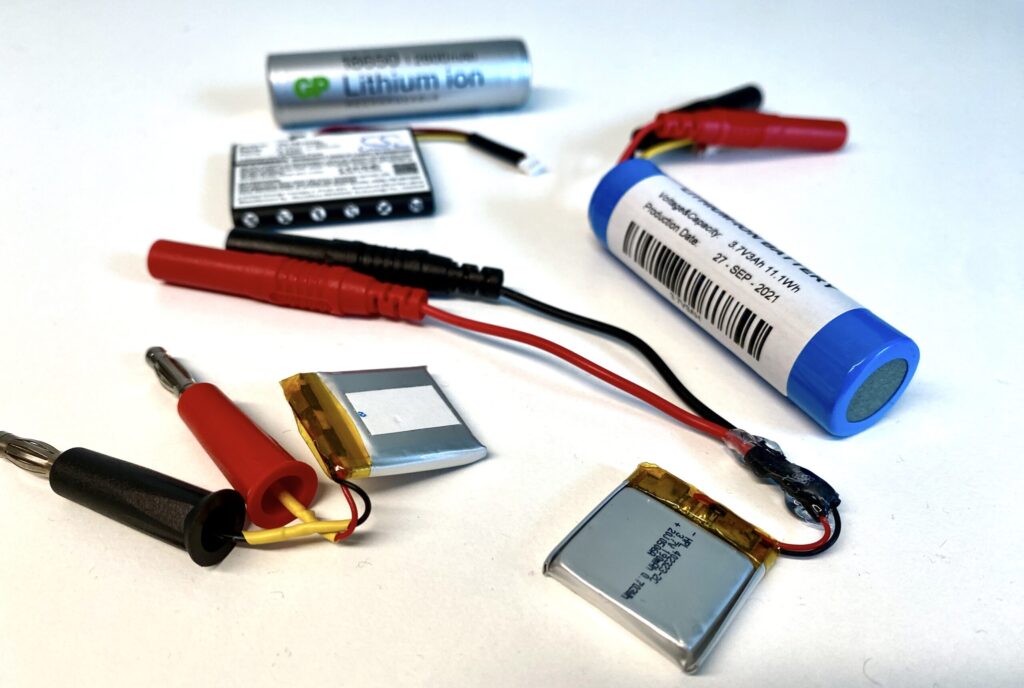Four steps for a successful IoT battery selection
Four steps for a successful IoT battery selection
Practical steps for IoT battery selection
In our previous blog post, we focused on the importance of choosing the right battery for ensuring optimal performance and longevity of IoT devices. In this blogpost, we explore the practical techniques for IoT battery selection. We demonstrate the process of choosing the right battery to achieve the desired outcomes of enhanced performance and extended lifespan in IoT devices. Here are the four practical steps for successful IoT battery selection.

Initial battery selection for the defined use case
Defining the use case or use cases is crucial in the initial stage of product development. It helps ensure that the selected battery meets all requirements and usage scenarios. Evaluating various battery options based on capacity, energy density, voltage compatibility, discharge characteristics, and temperature considerations is essential. Benchmarking different batteries enable choosing the most suitable one for the use case. This is usually done by data sheet comparisons, talking to battery manufacturers and validating and benchmarking through testing.
Device power consumption analysis
As soon as the prototype becomes available, start power profiling your IoT device and estimating battery life! Analyzing power consumption is necessary to estimate battery life accurately. This analysis involves understanding the device’s hardware, sensor configurations, firmware settings, and communication parameters. Considering different use cases and scenarios helps determine how the device behaves under different conditions. Continuous benchmarking and profiling of power consumption throughout development allow for an optimized, low-power profile and aid in selecting the right battery.
Creating and analyzing battery profiles
A battery profile describes a battery’s discharge behavior under specific load and environmental conditions. Building profiles based on the device’s power profile for different use cases is necessary for understanding the available capacity that the data sheets never provide. The same IoT device may be used in two very different environments and have very different available battery capacities for those cases. Understanding the impact of the device profile and use case and the impact of different battery brands, chemistries, and form factors enables making informed decisions about battery selection.
Replaying battery profiles
Replaying battery profiles directly on the device provides a realistic understanding of actual usable capacity. By emulating profiles using instruments like Otii Arc Pro and Otii Ace Pro, developers can adjust and monitor the device’s cut-off behavior and the capacity that was used. This approach leads to more precise estimations of the battery’s potential and battery life in real-world conditions.
Conclusion
Choosing the right battery for an IoT device is paramount for performance and longevity. Through careful evaluation of battery options, analysis of the device’s power consumption, and creation and emulation of battery profiles, developers can make informed decisions about the battery life. This ensures improved performance and efficiency for IoT implementations.
In the next article, we will continue with a case study and showcase profiling of different battery chemistries for that particular use case.
Blog series exploration
Stay tuned as we explore optimizing battery life of LPWAN IoT devices. We analyze the factors impacting battery life, offer guidance on choosing the right battery, and discuss strategies for maximizing efficiency. By implementing the best practices from this series, organizations can optimize their LPWAN deployments, improve battery performance, and extend device lifecycles. The next chapter will be about Case study battery chemistry.

Blog series content
- Exploring challenges and strategies for long LPWAN battery life performance
- Optimizing battery life of LPWAN IoT devices
- Choosing the right battery for IoT devices
- Four steps for a successful IoT battery selection
- Profiling different battery chemistries: A case study
For early access to the full series, download our white paper Powering IoT devices now.
Become a member of our community
Gain access to exclusive resources, educational materials, and expert advice to enhance your knowledge and understanding of powering IoT devices and battery testing.